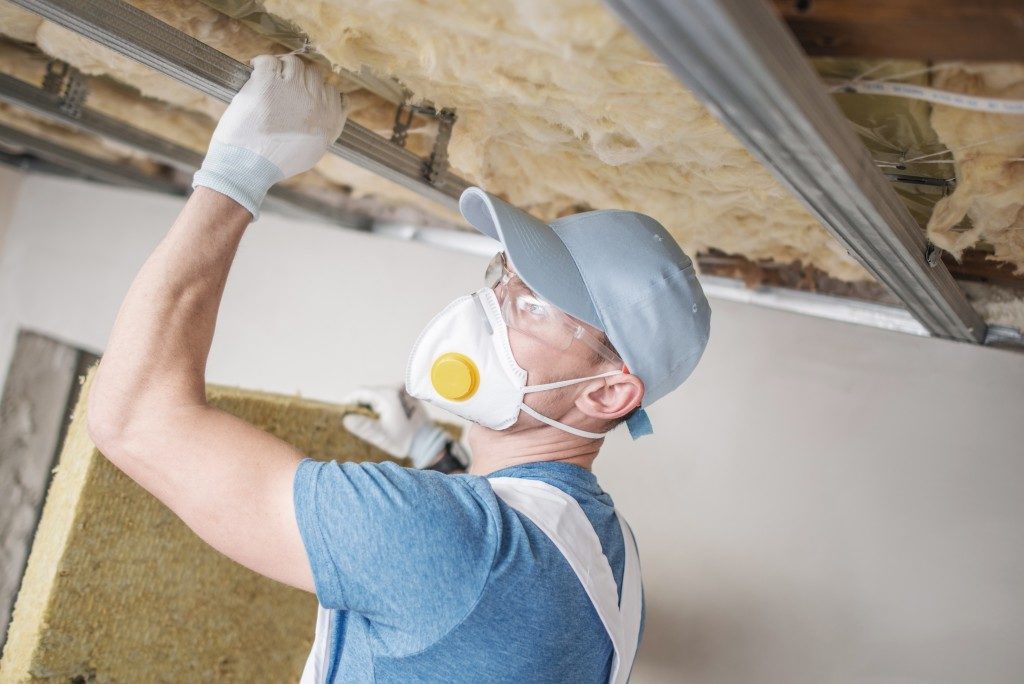In this day and age, insulation is a great energy-saving feature used for homes and buildings. It helps homes achieve a comfortable temperature regardless of the weather outside. In Kansas City, the use of spray insulation is widely accepted because of its low cost and durability. There are various types of insulation that can be installed. The choices include spray insulation, fiberglass, cellulose, and mineral wool. Insulation can be sprayed, blown or installed rigidly. Homeowners can choose from various materials with different advantages and disadvantages. When properly installed and protected using good vapor and water layers, any type of insulation can last a very long time. There are two easy ways to get the best insulation for your home:
Ask for the Minimum Thickness
Insulation is best installed with a low uniform thickness. While some homeowners are sold on the idea that thick padding is a good thing, flat always beat lumpy in getting the best insulation for homes. Insulation has required codes of thickness depending on the area that needs to be insulated.
For instance, the attic can have an R-30 thickness all over, but the standard loft has limited space for such thickness to be achieved. To remedy the situation, some contractors install half of the required thickness but ask for the value of the R-30. The same scenario usually happens in 2×4 walls that need around R-13 code requirement. Foam companies typically apply two coats of one-inch spray which is about R-6.5/inch. If the wall only has 1.5 thickness, it will get an R-10 code.
You should remember to ask your spray insulation contractor for minimal thickness and make sure that they do not ask you for a higher price. Use your critical thinking skills before making a final decision.
Ask for Grade I Quality

Insulation should also be installed to ensure maximum efficiency. Insulation has grading protocols: Grade I for the best, and Grade III for the worst. It is applied to missing insulation and gaps. Grade I is for insulation without any holes, Grade II means that there is about 2% gap on insulation, and Grade III is for those with about 5% missing insulation.
Other factors that are relevant to the quality of insulation is incomplete fill and compression. Insulation may fill up the cavity entirely but still have a lowered R-value if it doesn’t fill up the hole completely or is compressed. Although compression is unavoidable, achieving Grade I quality insulation is possible across all kinds of insulation materials.
In the end, homeowners are bound to get the best value for insulation by asking for these two things from the insulation company. Also, keep in mind that insulation is significant and that homeowners have one shot at getting it right. If done correctly and accurately, though, home or office insulation can last for three or more decades. Just be sure to have it checked or maintained by professionals periodically. You should avoid doing DIY projects because doing so can result in costly mistakes.


